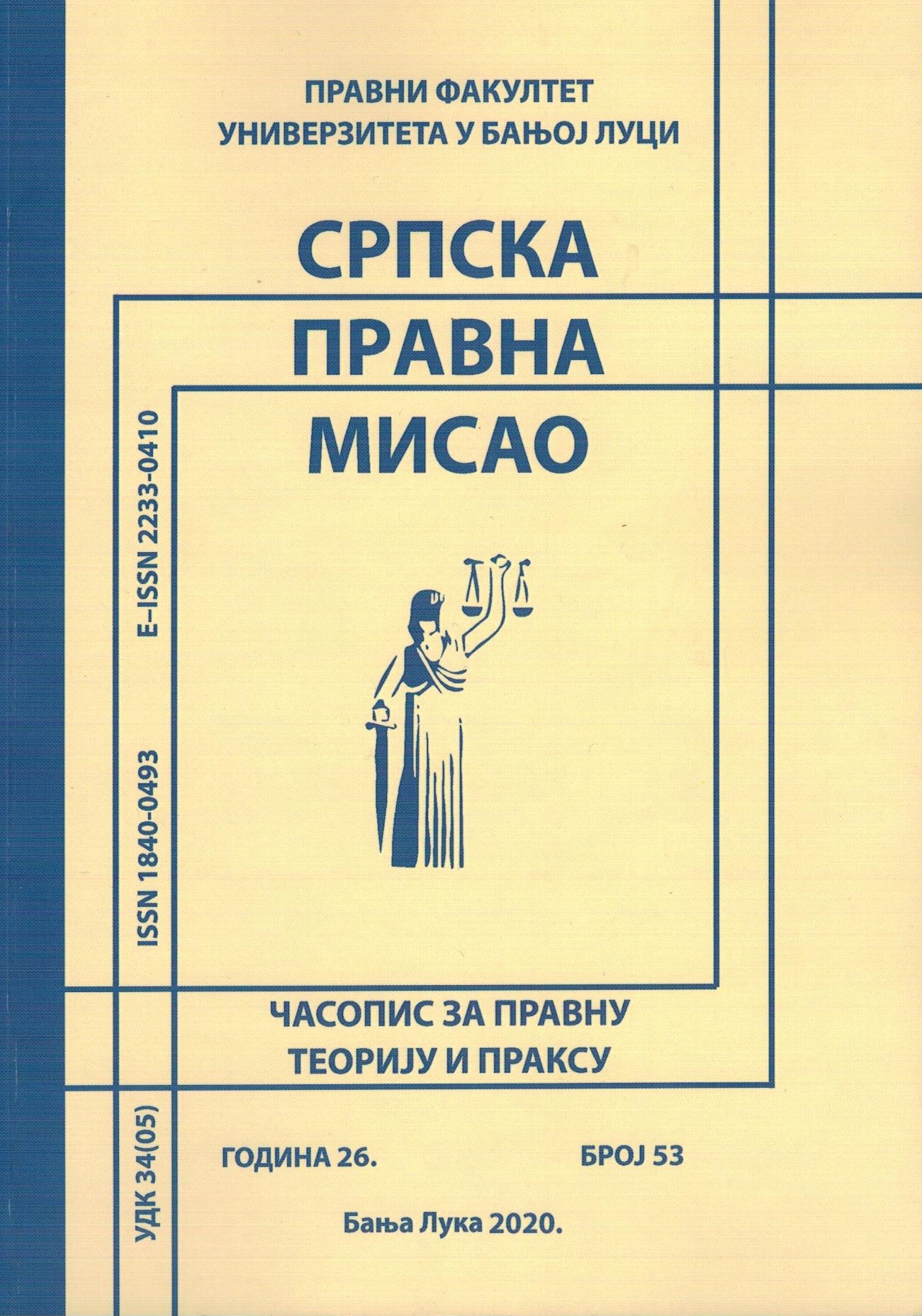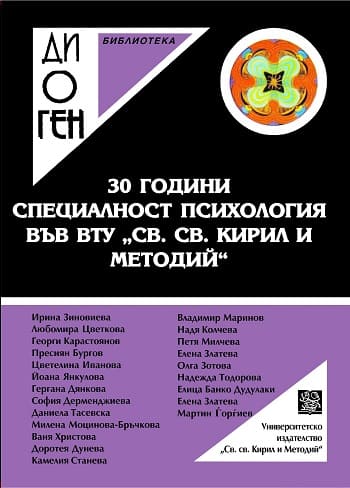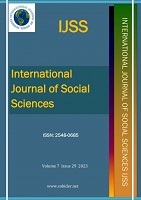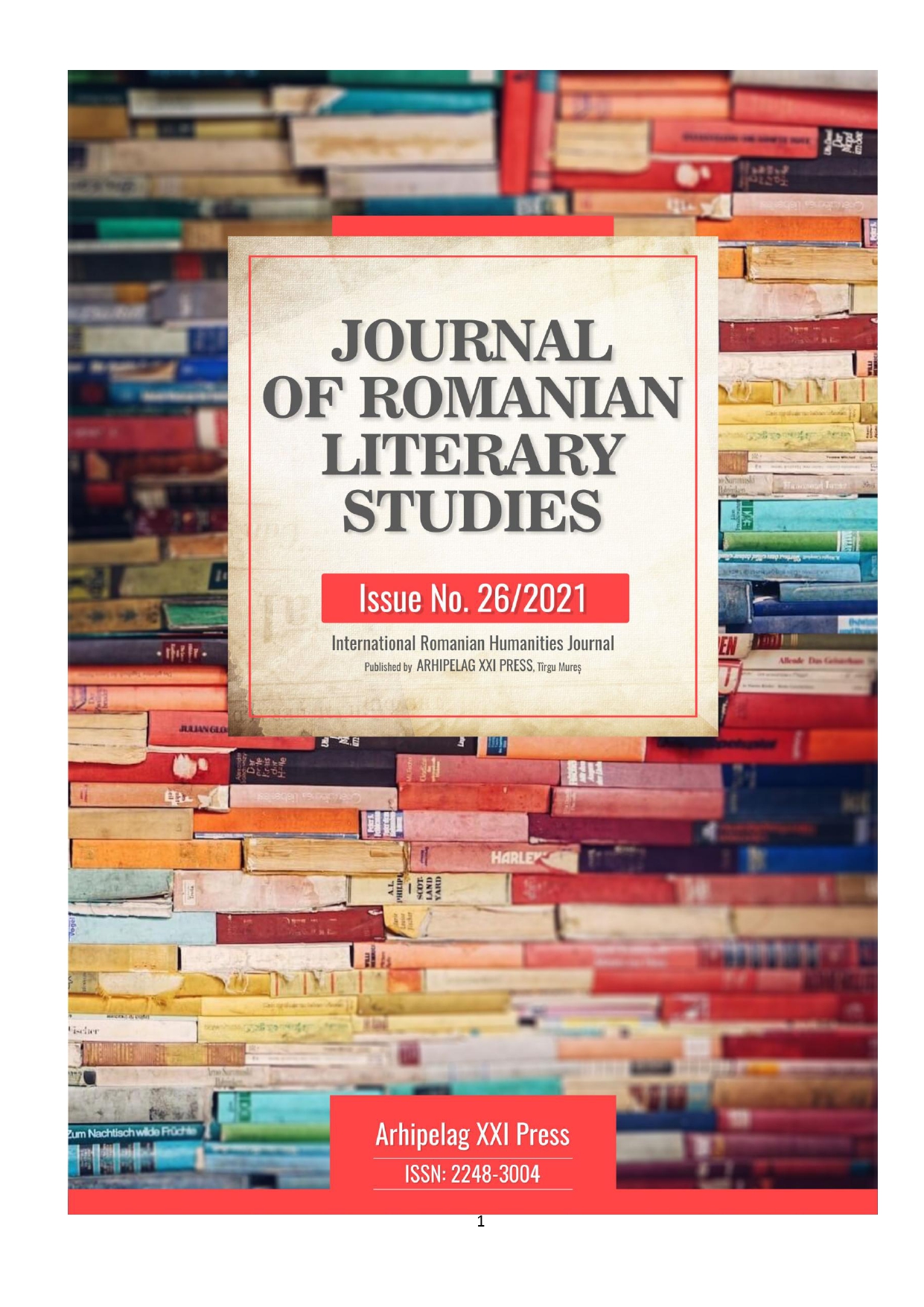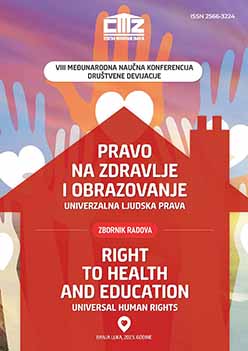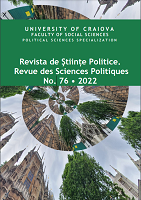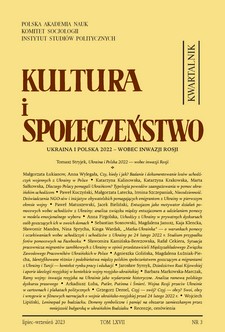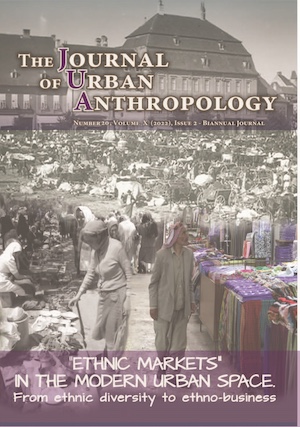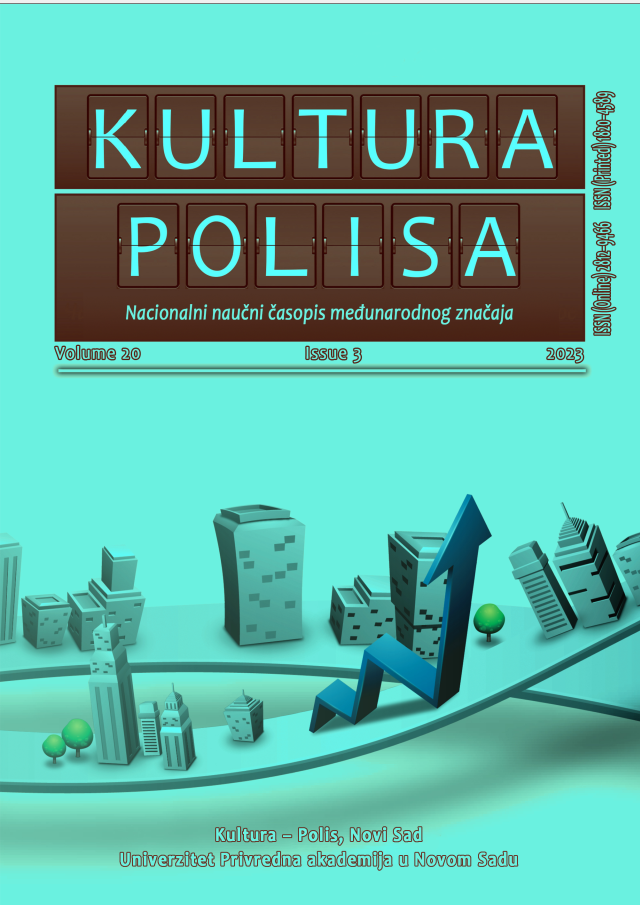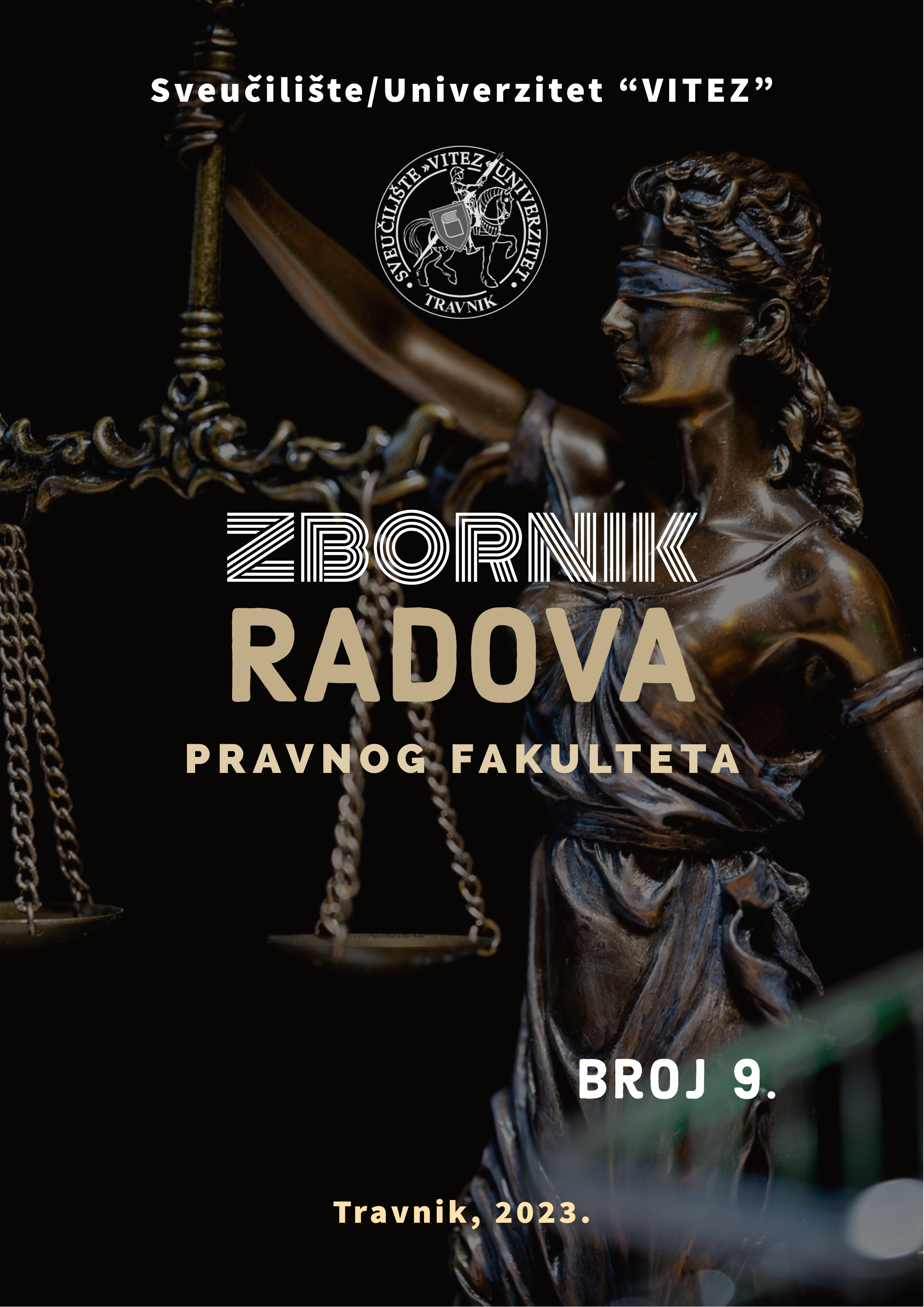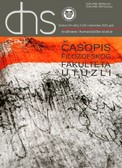Author(s): Luiza-Maria Dragomir / Language(s): English
Issue: 26/2021
„The environment in which violence occurs most frequently is school, unfortunately. Violence in school, in all its forms, is a violation of children's rights to education, health and welfare. We cannot talk about a quality education, inclusive and fair, if students face violence in the school environment. School violence is a complex phenomenon that includes at least two distinct dimensions: physical, psychological abuse and forms of violence between children, which include hostile attitudes, contempt, humiliation, insult, defiance, rudeness, anti-school attitudes, verbal violence, bullying. Violence in school manifests itself both in the form of singular violent actions and in the form of permanent intimidation, humiliation and systematic harassment (bullying). Bullying is a specific form of aggression, characterized by repetitive, systematic, directed against a person who has difficulty defending himself, in order to denigrate his personality, diminish self-esteem and minimize the role in the social group. Today, compared to the 70s of the 20th century, when the first efforts were made to study bullying, it is recognized that this is a complex problem, which has a variety of forms of manifestation and can occur in different spaces, including on digital communication platforms. Unlike physical violence, bullying also includes verbal violence (insults, nicknames and threats), relational violence (isolation, spreading rumours) and violence in the online environment - cyberbullying (posting public messages, derogatory pictures, etc.). Bullying is an unpleasant experience, but one that can be avoided through information. Moreover, bullying and religiosity are important factors that determine the harmonious development of future adults. Today, many countries around the world are interested in developing educational policies to prevent and combat bullying, as it has serious consequences for both victims, perpetrators and witnesses. Adolescents involved in bullying situations as aggressors, victims or witnesses are more prone to absenteeism, dropping out of school, have lower performance in the disciplines school. Adolescent aggressors or victims of bullying are more likely to show symptoms of depression and anxiety, have low self-esteem, feel alone. In some cases, they lose interest in activities. The emotional and behavioural problems that both victims and aggressors suffer from can continue into adulthood.”
More...


